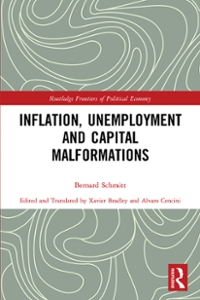Answered step by step
Verified Expert Solution
Question
1 Approved Answer
Question 24 (4 points) From 1970 to 2007 the quantity of M1 fell from 20 percent of GDP to less than 10 percent, This change


Step by Step Solution
There are 3 Steps involved in it
Step: 1

Get Instant Access to Expert-Tailored Solutions
See step-by-step solutions with expert insights and AI powered tools for academic success
Step: 2

Step: 3

Ace Your Homework with AI
Get the answers you need in no time with our AI-driven, step-by-step assistance
Get Started


